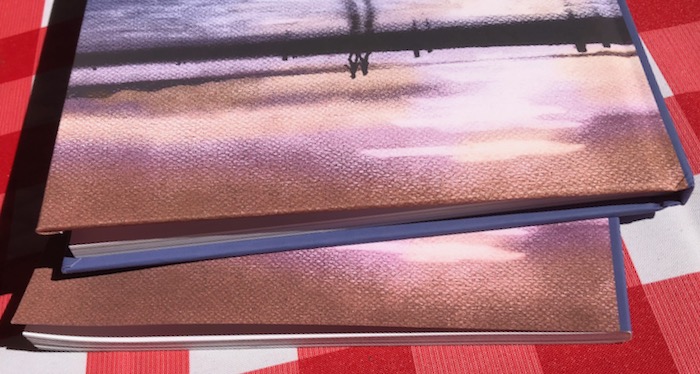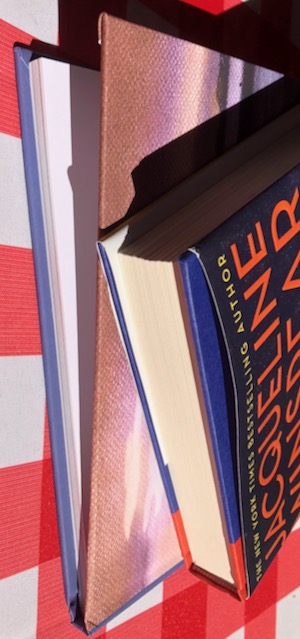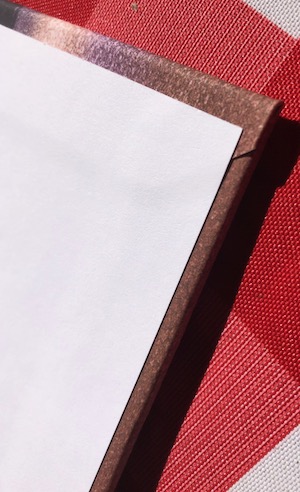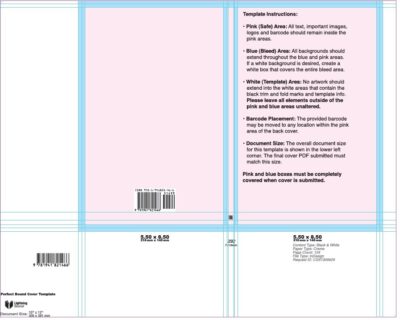Metadata 101: Determining binding, paper and color options for a printed book

How should we build your book?
Book metadata includes more than marketing descriptions, identifiers like ISBNs and BISAC codes and suggested retail prices. A complete metadata file also specifies how a book should be printed and bound. Understanding what each option means for final print quality and cost is a vital step of preparing a book for print.
Interior Type
A book’s interior can be printed in black and white, standard color or premium color. The vast majority of books are printed in black and white, but high-tech automation of color printing has made the cost of this option much more reasonable. In fact, standard color is an attractive option for many authors, these days. If you are considering color, we can provide samples and more specific details about how that choice would affect a book’s final price. Premium color is significantly more expensive than standard color and is usually reserved for high-quality illustrated books, especially books on the fine arts or what most of us describe as coffee-table books.
Remember that color choices are related to the kinds of paper we select.
Paper Type
Black and white books can be printed on either white or crème paper. White paper is typically used for textbooks and reference books. Crème paper is off-white. Most books are printed on crème paper. Color books are printed on various types of white paper.
Paper Weight
Paper weight varies significantly and usually is based on the intended durability of a book—or on the need for an opaque paper if full-page illustrations are planned. You don’t want your artwork to bleed through to the previous page. Most black-and-white books use 50-pound crème paper, while color books use 70-pound white paper. Heavier laminated paper is typically reserved for premium color printing, while crème paper lighter than 50 pounds is sometimes used for printing trade paperback books, or pulp
fiction, referring to paper made from wood pulp that is not likely to last long. Paper weight refers to the total weight of 500 sheets of the paper.
Does that sound like a bewildering array of choices, combining all the interior elements of a book? Don’t worry. We make recommendations and discuss the options with authors. We try to balance the overall look of the book with the final price to print and bind a copy.
Binding

Binding refers to the way a book is held together. Front Edge Publishing publishes books with the following binding options:
- Perfect binding
- The most common binding option for the majority of books printed in the United States. Perfect-bound books are made by gluing the pages to the spine. Most novels on your bookshelf are likely perfect-bound.
- Saddle stitch binding
- Saddle stitch bindings use thread or staples to bind pages to the spine. This binding is typically used for workbooks, notebooks and other books with thin spines and light paper.
- Case laminate
- Binding used for hardcover books with no cloth jacket.
- Cloth binding
- Cloth bound books are hardcover books with a cloth jacket. A “dust cover” usually is wrapped around a cloth-bound book.
Book Sizes
Books come in a variety of shapes and sizes. Most Front Edge Publishing books are 6 inches by 9 inches. However, the Front Edge bookstore includes books as large as 11 inches by 8.5 inches and our print-binder partner can print books as small as 4 inches by 6 inches. Of course, there are other print sizes produced by other binderies. In fact, if you are creating a small-run edition of a family memoir or poetry, a custom bindery can create almost any size you want.
Laminate Type

Lamination helps protect a book from wear and tear while making it look and feel great! A book can be gloss or matte laminated, or have no laminate on the cover at all. Most Front Edge Publishing softcover books are matte laminated, which gives the cover a smooth and pleasant feel. Our readers sometimes describe our covers as having a silky feel
or comfortable to hold
or soft to touch.
Gloss laminate reflects more light and is reminiscent of a high-quality magazine cover. Our readers describe our gloss covers as shiny.
We work with authors to determine the final cover specifications.
How to Select the Best Mix of Options
Ultimately, a book’s printing specs should serve our ultimate goal: offering a quality book that is a pleasure to read. However, that does not mean we should automatically choose the most luxurious paper, premium color and binding. The final choices amount to an artful balancing of the print costs with accessibility to the reader. Books intended for mass distribution benefit from accessible pricing, which then is reflected in the ink choice, paper quality and print size.

Lower printing costs can be passed on to the reader via a lower suggested retail price, or collected by the author in the form of higher royalties, empowering them to continue writing for their audience.
High printing costs can be recouped by providing a premium product to your customer. These books are often hardcover, printed on 70-pound paper with premium color ink. More expensive printing specs result in a high-quality, durable book suitable for gifts and fundraisers.
Understanding these printing options enables a publisher to provide the right book for a reader’s needs. For example, Never Long Enough: Finding comfort and hope amidst grief and loss is available in softcover, hardcover and premium color hardcover. Readers can experience Rabbi Krakoff’s poetry and Dr. Sider’s illustrations in a variety of formats, or give a beautiful gift to a loved one.
Care to Read More?
This is part 3 of our Metadata 101 series
- Part 1
- How to create book metadata that will increase discoverability and enhance your marketing
- Part 2
- How to Write a Great Short and Long Description of your Book
- Part 3
- Determining binding, paper and color options for a printed book
- Part 4
- How to Request Endorsements, Forewords and Prefaces for New Books
- Part 5
- How do I find BISAC codes for a new book? 5 Tips for Success
- Part 6
- What are the different kinds of eBook formats? And, how do I make eBooks?
- Part 7
- Should we mention my dog? The Art of the Author Bio
- Part 8
- What should I call my book? The Art of Creating a Title and Subtitle
- Part 9
- Metadata by the numbers: What is an ISBN?